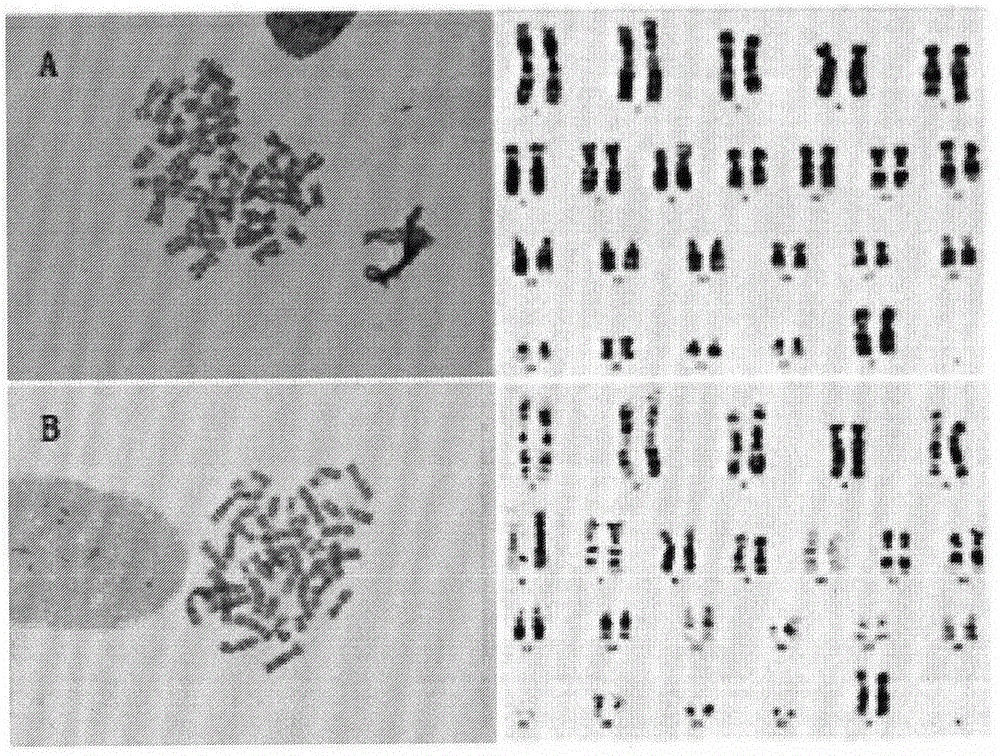Separation method of human placenta mesenchymal stem cells
A technology of mesenchymal stem cells and separation methods, applied in the direction of animal cells, vertebrate cells, bone/connective tissue cells, etc., can solve problems such as difficulty in obtaining a large number of pure placental mesenchymal stem cells and complex components of placental cells
- Summary
- Abstract
- Description
- Claims
- Application Information
AI Technical Summary
Problems solved by technology
Method used
Image
Examples
Embodiment Construction
[0017] The separation method of human placental mesenchymal stem cells is characterized in that comprising the following steps:
[0018] (1) Placental specimen processing, take the placental tissue produced at term under sterile conditions, cut small pieces of fetal decidua side placental tissue, cut into pieces, soak in the preservation solution containing antimicrobial peptides, and the preservation solution containing antimicrobial peptides It is prepared by adding 50 micrograms / ml polylysine to 50 micrograms / ml gallate EGCG. After soaking for a predetermined time, wash the blood stains repeatedly with normal saline until the washing solution is nearly colorless, and the treated placenta is obtained. tissue; the placental tissue was digested, with 15mmol / L Tris, adding Hartmann-D solution, adjusting the pH to 8.0, as a digestion buffer, adding a final concentration of 2.4g / L HyQTase and 300U / 200mL of the digestion solution composed of DNase I was removed, and the washed pl...
PUM
 Login to View More
Login to View More Abstract
Description
Claims
Application Information
 Login to View More
Login to View More - R&D
- Intellectual Property
- Life Sciences
- Materials
- Tech Scout
- Unparalleled Data Quality
- Higher Quality Content
- 60% Fewer Hallucinations
Browse by: Latest US Patents, China's latest patents, Technical Efficacy Thesaurus, Application Domain, Technology Topic, Popular Technical Reports.
© 2025 PatSnap. All rights reserved.Legal|Privacy policy|Modern Slavery Act Transparency Statement|Sitemap|About US| Contact US: help@patsnap.com



